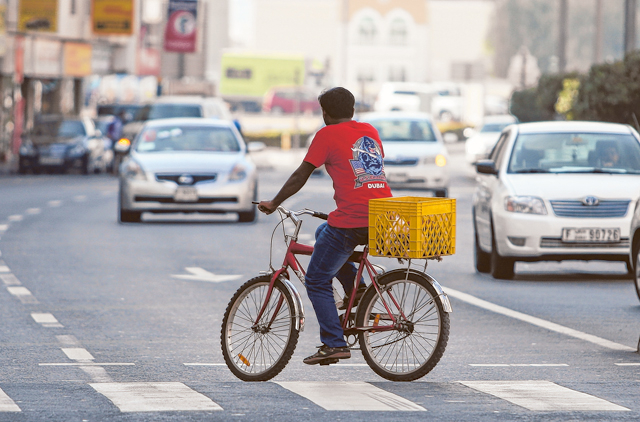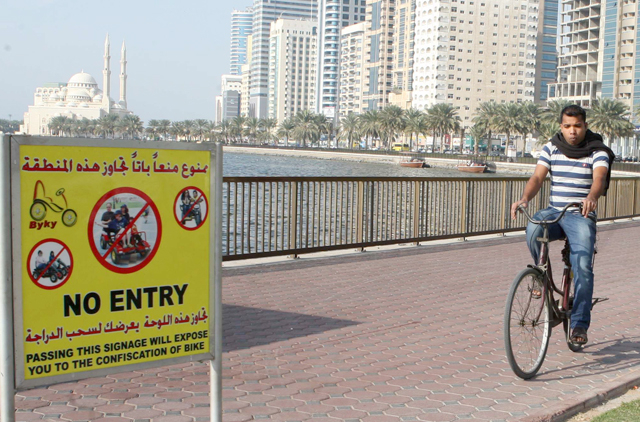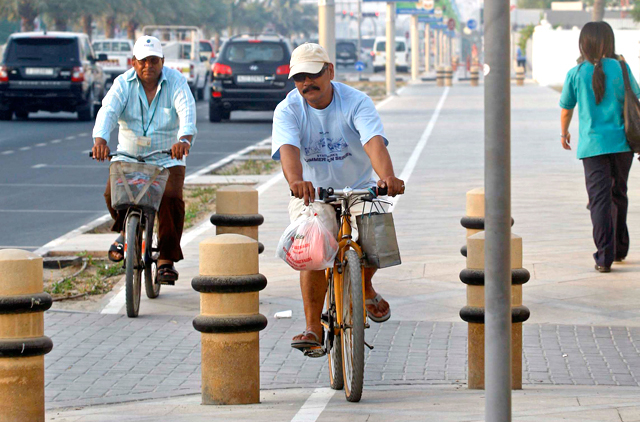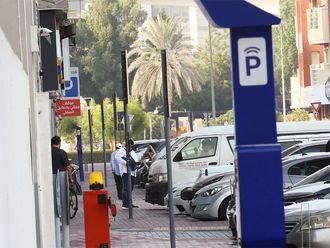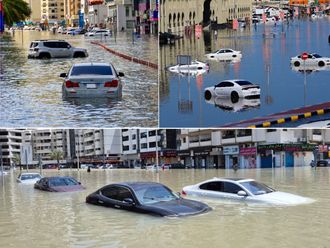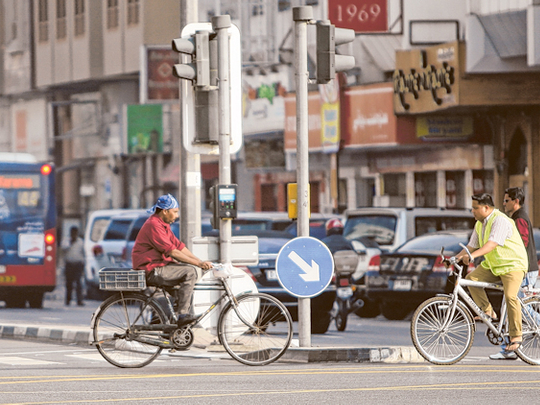
Dubai: Cyclists are not allowed to ride on footpaths, except those clearly marked for cycles, said a senior Roads and Transport Authority (RTA) official.
According to the UAE Federal Law, bicycles are also barred from venturing on main roads, but they can share internal roads with motorists. However, the law says cyclists can only ride on the right side of the road and should use cycle tracks where available.
Despite having a clear law, there is widespread confusion regarding the use of bicycles on roads — with motorists complaining that cyclists are a nuisance.
“Cyclists should not be allowed on roads or footpaths as they cause a lot of confusion. Authorities should construct more dedicated cycle lanes in all residential and commercial areas,” said Ajay Bhandari, an Indian expatriate living in Bur Dubai, where there are dedicated cycle tracks on some roads.
Although the RTA is continuously improving cycling facilities in city, with more than 100km of cycle tracks already available in various parts of the city, there is demand for more.
Last year, the RTA inaugurated a 75km cycling facility in Seih Assalam, which has received a great response, while a 25km track in Jumeirah opened in 2010.
Smaller tracks in Bur Dubai, where a 4.5km track was built last year, and in Al Barsha, at Mamzar Park as well as Al Mizhar Park have also opened for cyclists.
Encouraged by the demand and in its attempt to make Dubai a pedestrian and bicycle- friendly city, the RTA last year revised and expanded the Dubai Bicycle Master plan to incorporate more CBD (central business district) areas and newly developed localities.
The revised master plan includes building cycling tracks stretching 850 kilometres across the length and breadth of Dubai.
The plan also includes connecting as many tracks possible with the nearest Dubai Metro stations, offering direct links for mass transit.
“The revised Dubai Bicycle Master Plan will have 850 kilometres of strategic bikeways that will be completed over various phases. The initial few phases are already implemented in Jumeirah and Seih Assalam and we hope to finish the next phase by 2015,” said Nasser Abu Shehab, the RTA’s Director of Strategic Transport Planning, speaking exclusively to Gulf News.
Abu Shehab added that the master plan includes every sector of the city and will be completed by the end of 2030.
In the current phase work is ongoing to build cycle tracks in 11 residential neighbourhoods. The project includes tracks ranging 52 kilometres across districts such as Al Barsha, Al Khawaneej, Al Warqa’a, Al Quoz 3, Bur Dubai and Mirdif. The project will be completed at a cost of Dh40 million.
Phase four, which was also launched last year, will cover areas such as Al Sufouh, Mamzar Park, Hor Al Anz and Mushrif Park and is scheduled to be completed by 2016.
“Most of the tracks planned will be dedicated exclusively for cyclists but in some busy and low-speed areas, cyclists will have to share space with other motorists though in a safer environment,” said Abu Shehab.
The RTA is carrying out extensive studies and surveys for the location of more cycling tracks and the next phases will be announced depending on the requirements of various neighbourhoods.
“The construction of the cycling tracks is part of a master plan developed by the RTA to provide dedicated cycling space across Dubai in a bid to encourage the use of bikes as an environment-friendly as well as healthy transit means,” he added.
He added that the RTA aims to raise the proportion of pedestrians and cyclists as they involve traffic, health and environmental benefits.
Apart from the construction of tracks the RTA is also carrying out campaigns to encourage people to take up cycling and efforts are under way to link cycling tracks with Metro stations.
Around 1,400 cycle racks have been installed near Metro stations across the city.


